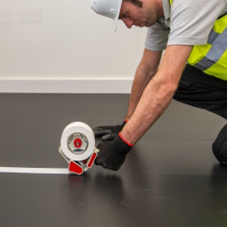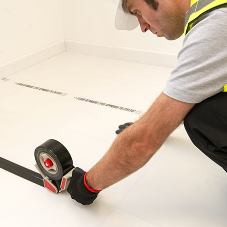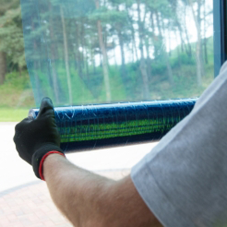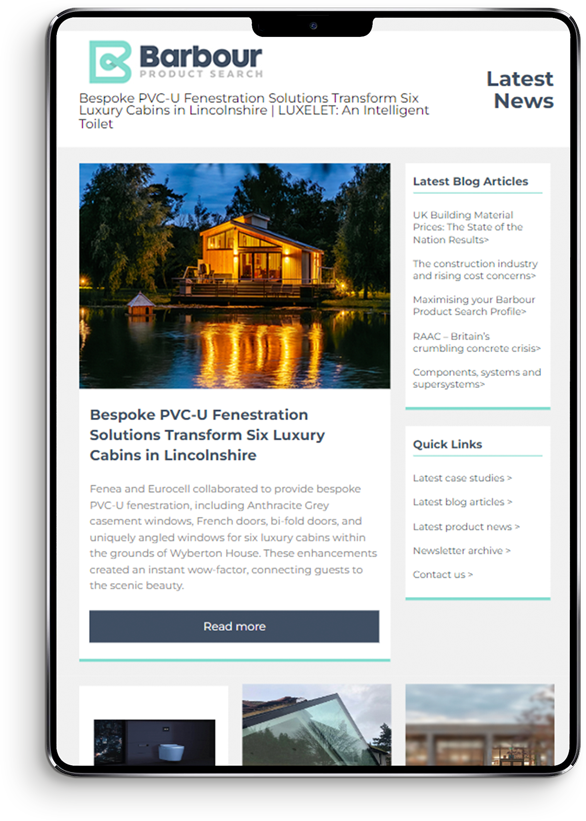It is important that a building site or a construction project uses temporary protection materials as they help to protect surfaces and equipment from being damaged.
Ranging from protecting floors and stairs to walls and windows, there are multiple types of temporary protection materials to choose from. These products are made from various materials, including many that are recyclable.
Considering sustainable practises is crucial in the construction industry today, and using recycled materials has many benefits, including cost reductions.
This guide from Beck explores the benefits of temporary protection materials and highlights the products that can be used here.
What are the benefits?
Waste reduction
According to a study by The NBS, the UK generated 202.8 million tonnes of waste, and 59% of this waste was from construction, demolition and excavation work. Using materials that are recyclable will reduce overall waste outcomes.
Lower carbon footprint and environmental benefits
The environmental impacts of sustainability across the industry is vast. By using eco - friendly materials, we can help to reduce energy consumption.
The financial benefits
Using recycled protection materials means they can be used over and over again, which can reduce waste and cost.
The building industry also reports that eco-friendly properties tend to have a higher market value as more consumers become environmentally conscious.
ALSO READ: How to choose the right temporary protection materials
What are recycled temporary protection materials?
At Beck, they offer a variety of recycled temporary protection materials to be used on a construction site:
Browse the Beck range of products today, or get in touch with any questions.
For more tips, guides, and advice, visit the Beck news page.





